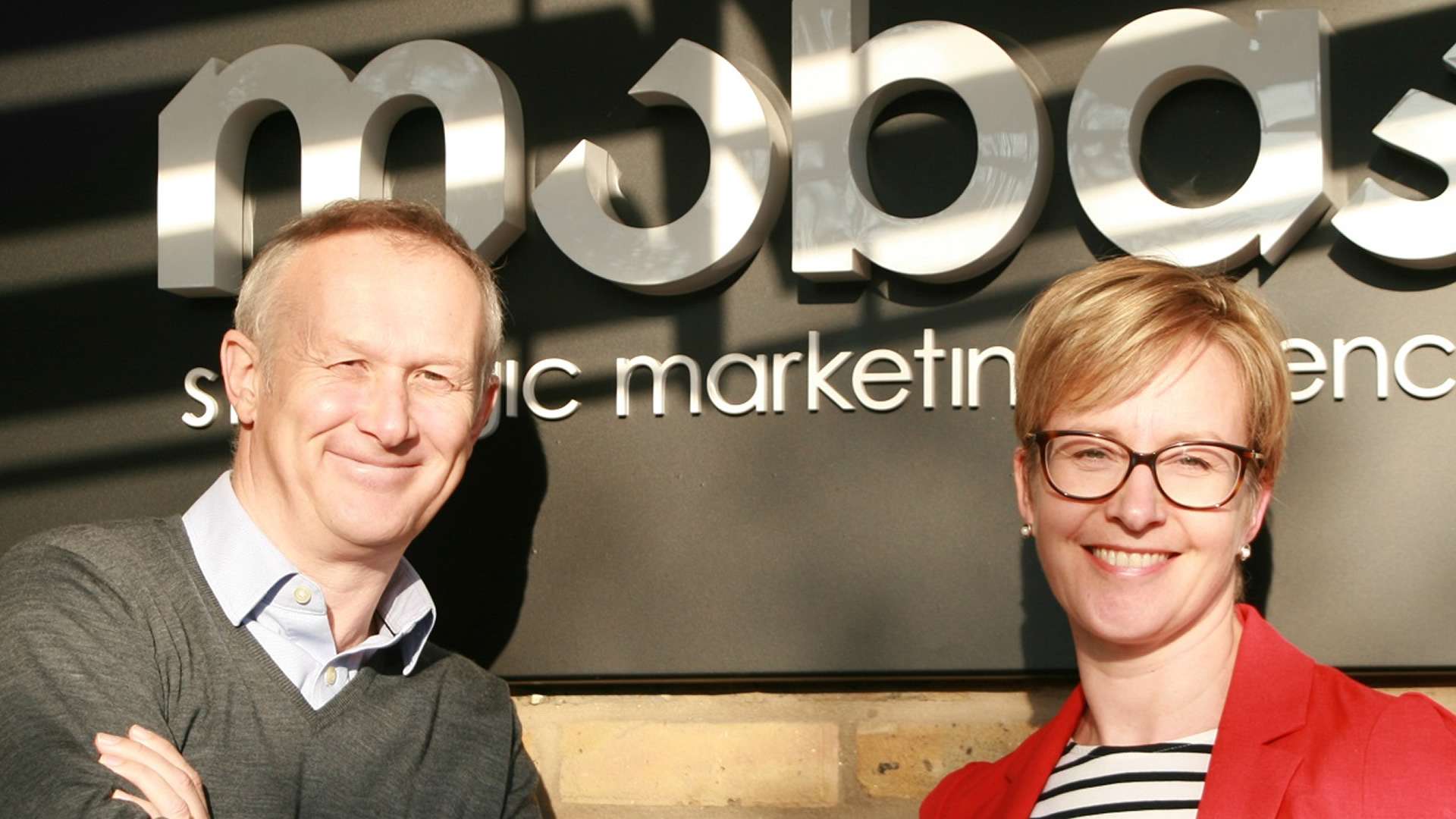Public trust in the international aid sector has nose-dived in 2018. This year has seen the explosive allegations of the sexual abuse scandal at Oxfam and sexual harassment revelations at other charity organisations, including Save the Children. Reports of falling charity donations have naturally worried fundraisers across the wider charity sector too – but is this an opportunity to rethink the entire way charities market and communicate the impact that they have on the world?
First out of the gate appears to be Comic Relief, which announced this week that they have responded to criticism it is fuelling ‘poverty tourism’ by parachuting celebrities into disaster areas and will halt the practice with immediate effect.
The British-based charity, which is supported by countless celebrities including the likes of Lenny Henry, Jonathan Ross, Miranda Hart and Graham Norton, aims to bring about positive and lasting change in the lives of poor and disadvantaged people by tackling the root causes of poverty and injustice.
The charity, now in its 30th year, has come under increasing pressure. The final straw seems to have been an appearance by musician Ed Sheeran whose appeal for funds in Liberia was met with derision earlier this week. In a film for BBC’s Daily Politics, Labour MP David Lammy hit out at Comic Relief for portraying Africa as a continent of poverty-stricken victims and stereotypes who don’t speak for themselves.
Comic Relief’s chief executive Liz Warner said the organisation would now change, beginning with an end to recruiting celebrity westerners in favour of giving Africans their own voice, while balancing tales of abject poverty with more uplifting reports. So long as this isn’t just an empty platitude from a CEO under pressure, this presents marketeers with an incredible opportunity to turn charity marketing communications on its head.
Storytelling is the essence of a charity: it is at its core and so it is natural that those impacted by a charity’s work should be at the centre of the story, not an add-on. Will celebrities continue to be used to support marketing activities? Of course they will. But marketeers now have an opportunity to change course and be braver in the stories they tell and allow those benefiting from a charity’s work to take centre-stage, which will ultimately reap greater rewards.
